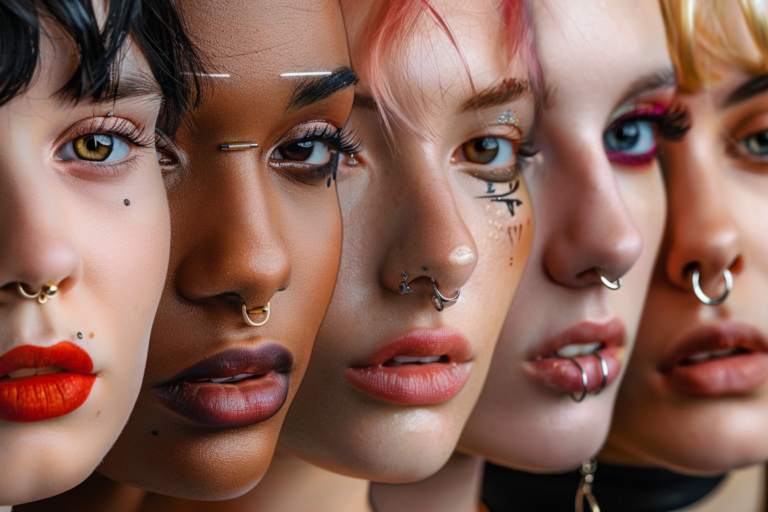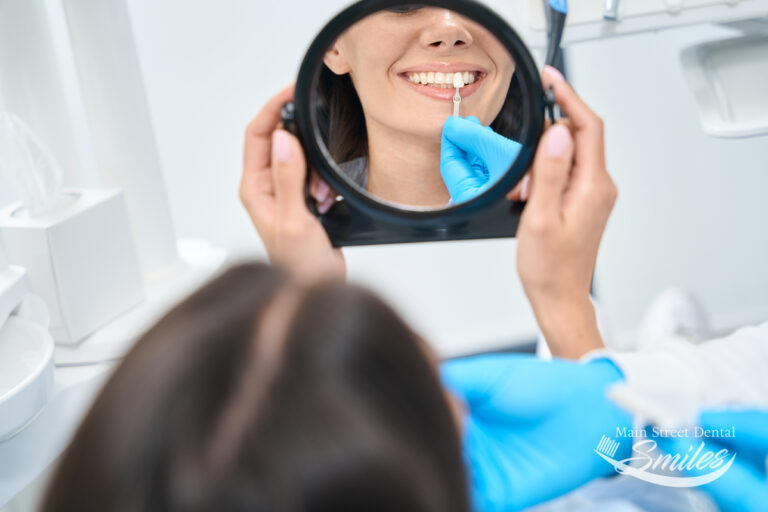If you’ve ever wondered, “how long does weed stay in hair?” you’re not alone. Hair drug tests are becoming more common, and understanding the duration that marijuana can be detected in hair can be crucial for various reasons, including employment screenings or legal matters. This article will provide a clear and detailed overview of how long weed stays in hair, factors influencing detection time, and what you can do if you’re concerned about hair drug tests.
Understanding Hair Drug Tests
Hair drug tests are used to detect the presence of drugs and their metabolites in the hair. This method is considered highly effective for detecting long-term drug use, as substances can remain in hair longer than in other bodily fluids like urine or blood.
How Hair Drug Tests Work
- Sample Collection: A small sample of hair, typically from the scalp, is collected. Body hair can also be used, but scalp hair is the most common choice for testing.
- Laboratory Analysis: The hair sample is then washed and processed in a laboratory. The hair is often cut into small segments and analyzed for drug metabolites using sophisticated techniques like gas chromatography-mass spectrometry (GC-MS).
- Detection Time: Drugs and their metabolites are incorporated into the hair shaft from the bloodstream. Once in the hair, these substances can be detected for an extended period.
How Long Does Weed Stay in Hair?
The duration that marijuana (weed) can be detected in hair depends on several factors. Generally, here’s what you need to know:
General Detection Window
- Standard Timeframe: Marijuana can be detected in hair for up to 90 days, though some tests may detect it for up to a year or more. This is because hair grows slowly, and once a drug is incorporated into the hair, it stays there as the hair continues to grow.
- Hair Growth Rate: Hair typically grows about half an inch per month. Therefore, a standard hair drug test often analyzes the last 1.5 inches of hair, which can represent approximately 90 days of drug use.
Factors Influencing Detection Time
- Frequency of Use: The more frequently someone uses marijuana, the higher the concentration of THC (tetrahydrocannabinol, the active ingredient) in their hair. Chronic users may have detectable levels for a longer period compared to occasional users.
- Amount Used: Higher doses of marijuana can lead to higher levels of THC in the hair, which may be detectable for a longer time.
- Hair Color and Texture: Melanin, the pigment responsible for hair color, can bind to THC. Therefore, individuals with darker hair may have higher levels of THC detected compared to those with lighter hair.
- Metabolism: An individual’s metabolism can affect how quickly THC is processed and deposited into hair. Faster metabolisms may result in quicker clearance from the system.
How to Reduce THC Levels in Hair
If you’re concerned about a hair drug test and want to reduce the chances of detecting THC, here are some tips:
1. Avoid Marijuana Use
- Cease Use: The most effective way to ensure that THC does not appear in your hair is to stop using marijuana altogether. THC will naturally clear from your hair over time as new, uncontaminated hair grows in.
2. Hair Detox Products
- Shampoos and Conditioners: Some products claim to detoxify hair from drug residues. While their effectiveness can vary, using such products may help reduce the amount of detectable THC.
- Deep Cleansing: Frequent washing with strong detergents may help in reducing surface-level contaminants, although it may not remove THC that is deeply embedded in the hair shaft.
3. Hair Treatments
- Cutting Hair: If you have a hair drug test coming up, cutting your hair short can potentially reduce the amount of THC detected. However, this is only a temporary solution, as hair will eventually grow back and may still contain traces of THC if usage was frequent.
- Chemical Treatments: Some people attempt to use chemical treatments to strip their hair of THC. However, these methods can be harsh and may damage the hair or scalp.
What to Expect During a Hair Drug Test
If you are required to undergo a hair drug test, here’s what you should expect:
- Collection: A small amount of hair (typically 1.5 inches) will be collected from your scalp or other body areas.
- Processing: The sample will be sent to a laboratory for analysis, where it will be washed, processed, and tested for drug metabolites.
- Results: Results are usually available within a week or two. Positive results will be reviewed and may be subject to confirmation tests.
Conclusion
In summary, the question “how long does weed stay in hair?” is answered with a general timeframe of up to 90 days, though it can extend longer depending on various factors. Hair drug tests offer a long detection window for substances, making them a reliable method for identifying past drug use. By understanding the factors that affect detection time and taking appropriate measures, individuals can better prepare for hair drug tests and manage their concerns related to drug use.













